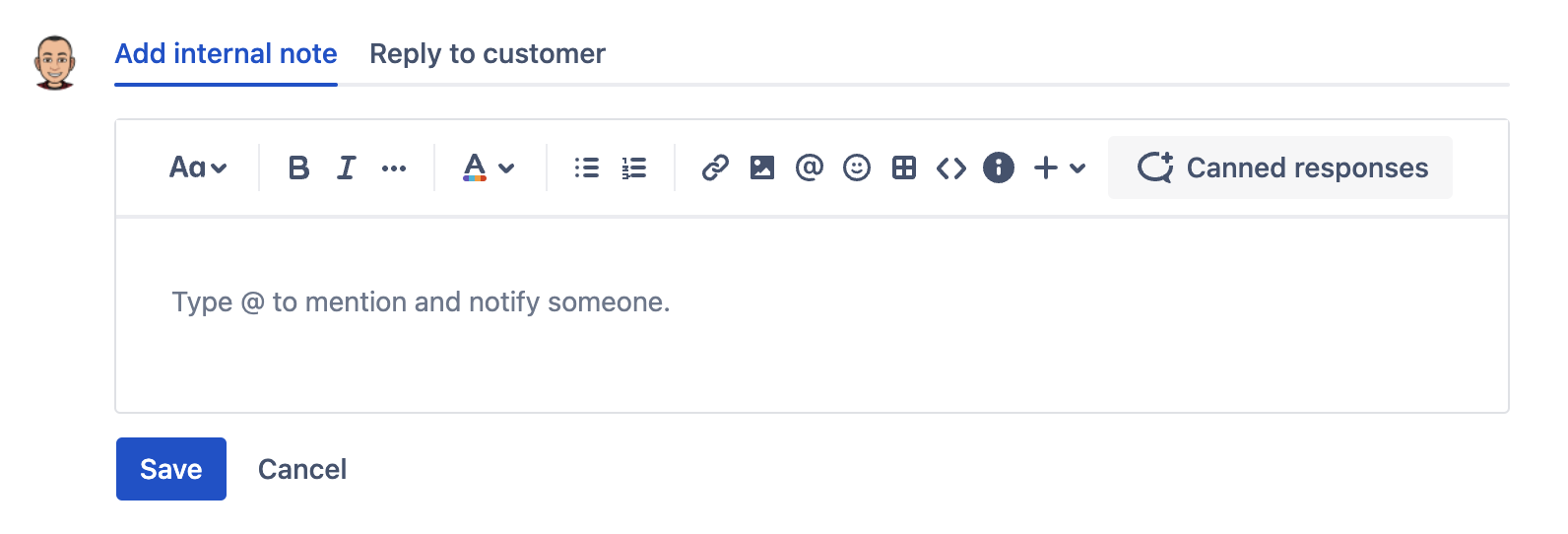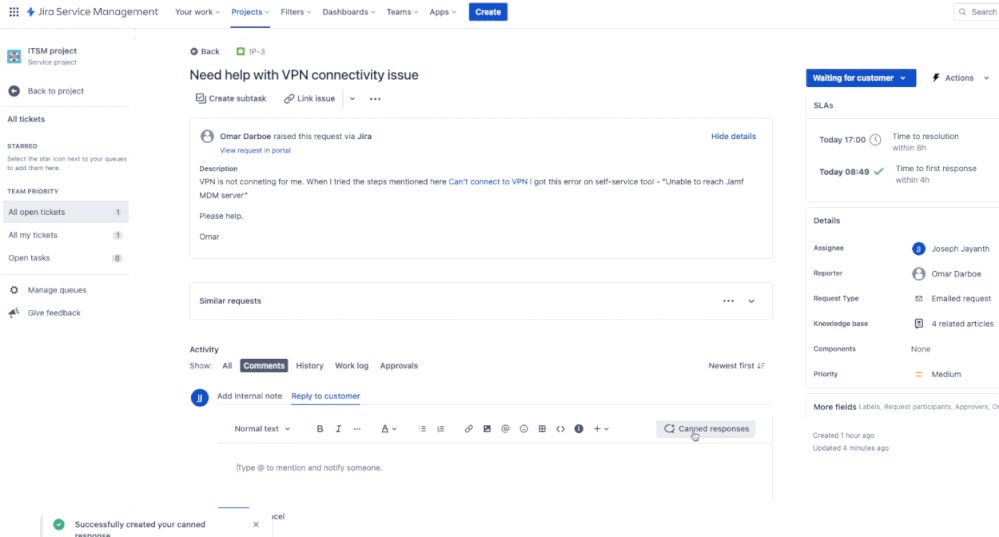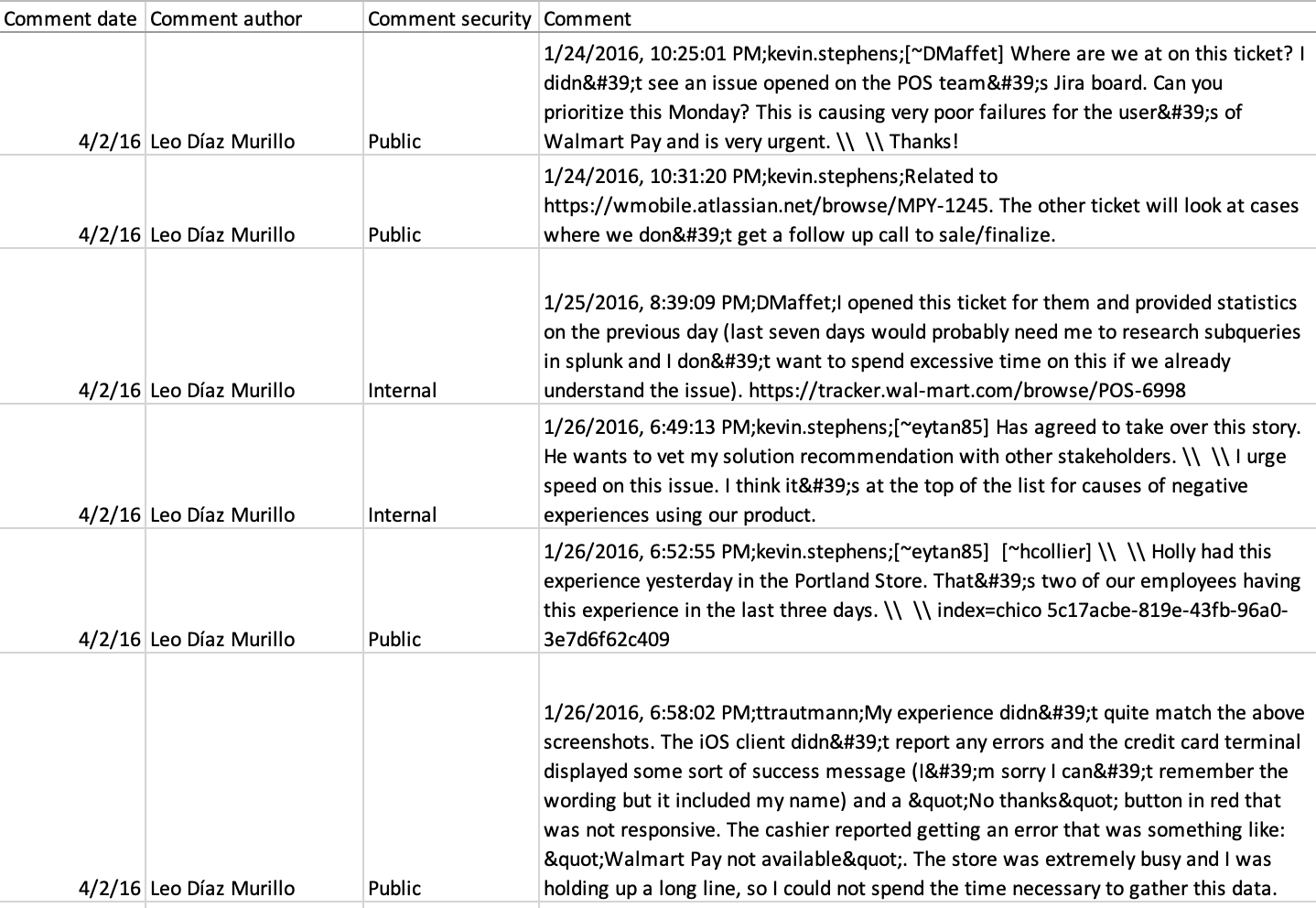
Effective communication is the lifeblood of successful organizations and ITSM professionals, and this holds in the realm of IT Service Management (ITSM) as well. Clear and open communication plays a crucial role in driving collaboration, aligning IT with business objectives, and building strong relationships with customers and stakeholders.
Within ITSM processes such as Incident Management, Problem Management, Change Management, and Service Delivery, communication acts as a vital bridge that connects teams, departments, and individuals. It enables a smooth flow of information, facilitating quick resolution of issues, and fosters a proactive and customer-centric approach.
Learn how to successfully deal with your Incident Management strategy >>
Communication ensures that everyone involved in the ITSM processes is on the same page, understands their roles and responsibilities, and has access to vital information. It helps establishing transparency, building trust, and managing expectations effectively. Furthermore, adequate communication channels enable the timely dissemination of updates, notifications, and feedback, keeping all parties informed and engaged.
By emphasizing the importance of communication in ITSM, organizations can enhance collaboration, reduce misunderstandings, and streamline workflows. It enables an efficient exchange of ideas and knowledge and a problem-solving focus, leading to improve productivity, better decision-making, and enhanced customer satisfaction.
Effective communication plays a crucial role in ITSM. Here are a few examples to highlight its importance:
- User internal notes to communicate with your team.

- Use Canned Responses to have prepared answer templates.

- Enhance Jira issues exports to Excel with Exporter- Export Issues to Excel CSV PDF. With this tool, you can effortlessly export your comment history and preserve security information. This feature is particularly crucial when sharing reports with your customers, ensuring transparency and accurate data representation.

In summary, effective communication is the cornerstone of a successful ITSM implementation. It ensures smooth coordination, fosters collaboration, and drives positive outcomes in terms of service quality, efficiency, and customer experience. By prioritizing communication, organizations can create a strong foundation for ITSM success and navigate challenges with ease.
Unlock productivity and streamline your workflows with automation. Say goodbye to repetitive tasks and welcome more efficient ways of working.
By downloading this guide, you'll discover how to automate the delivery of Excel reports from Jira directly to your email inbox, including comments and security data. Start saving valuable time, eliminate errors, and achieve faster results. Download the guide today and experience unparalleled productivity like never before.
These Stories on ITSM
Comments (2)